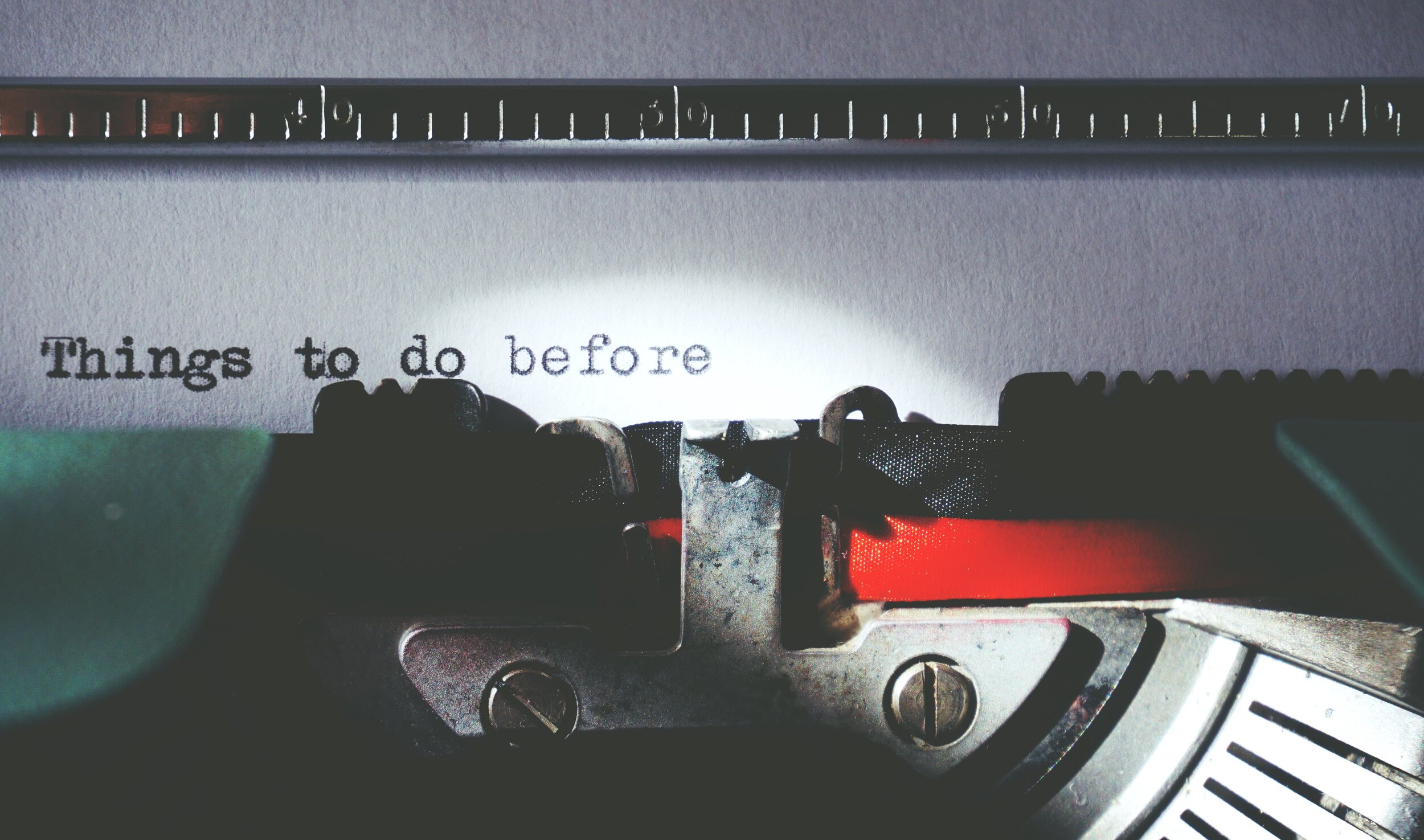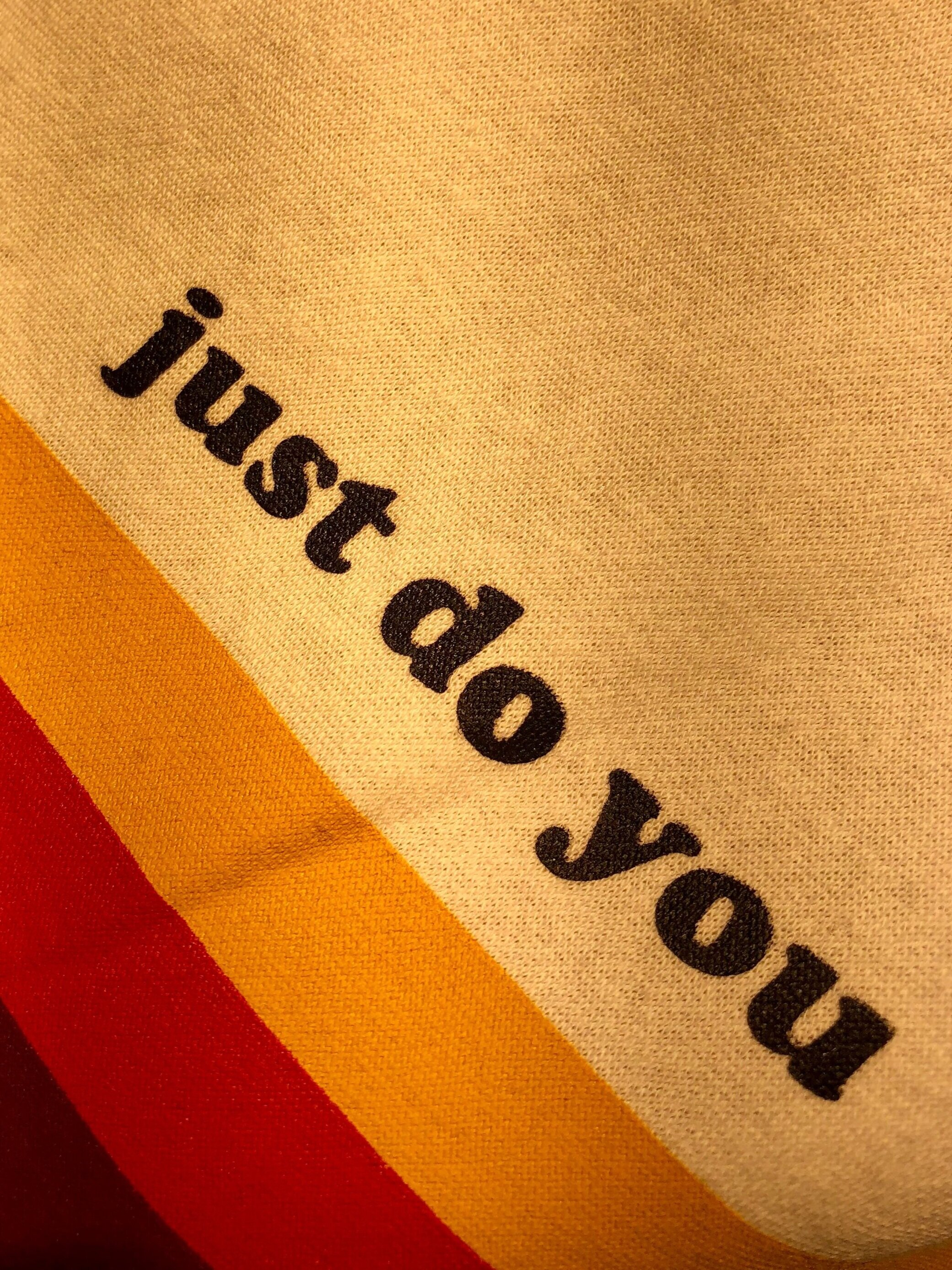What if {figuring out what you’re doing wrong} IS {what you’re doing wrong}?
I see many DO-ers who are exhausted from trying to figure out why they are doing the same thing and not getting different results. The logical questions are: What am I doing wrong? Why is this not working? I should be better by now. I should be over this by now.
DO-ers want to be FIXers. The assumption of wrongness usually lies in things not looking like we want them to and we don’t know why. We just need to know why, and then we can change the what and the how.
We get lured into the idea that we just have to find the missing piece and then we will get the results we desire.
So today I asked the question: What if figuring out what you’re doing wrong is the thing you’re doing wrong? Sometimes there is NOTHING that can be done. Something can’t be fixed or changed, and we may not get to know why. We can’t find the reason, so we must be failing at something; doing something wrong.
We have to let it go, and soften into the loss, which is beautifully discussed by Judith Viorst in Necessary Losses:
We lost not only through death, but also by leaving and being left, by changing and letting go and moving on. And our losses include not only our separations and departures from those we love, but our conscious and unconscious losses of romantic dreams, impossible expectations, illusions of freedom and power, illusions of safety -- and the loss of our own younger self, the self that thought it would always be unwrinkled and invulnerable and immortal.
The pandemic has brought these necessary losses to the forefront. Except we don’t like loss. We hate it. So we fight against it with control. Here’s the cycle I see:
I don’t like this thing about ____________(me, the relationship, work, my family, etc.)
There must be something wrong with me, or else it would be better, easier, nicer, smoother….
Find what is wrong with me
Fix it
It’s not working, control more things.
Fall into more feelings of helplessness and hopelessness until you can regain control of something.
So where does the loss come in? When we can’t fix ourselves, sometimes we shift into trying to fix or change others, until we run into the helplessness and hopelessness there. Hustling to change yourself or someone else to improve your reality seems logical. It seems adaptive, why wouldn’t you do that?
Because ultimately, it leads us to insanity: doing the same thing over and over again expecting different results. The thing you are doing wrong is trying to figure out what you’re doing wrong.
Ok, thanks so much, this has been awesome Anya. Now what?
You have to feel all the feels. It hurts, it aches, it stabs, it bleeds, it weeps, it longs. It’s so painful to acknowledge those feelings associated with the thing you’re trying to fix.
Change your perspective. Instead of figuring out what should do or fix, figure out what you NEED.
Acknowledge that the needs are hard to get met.
How can you approach getting the needs met?
Assess trust
Evaluate boundaries
Communicate the needs (eye rolls: this is super vulnerable)
Don’t take a shortcut and think that your NEED is the thing you were trying to fix. What need would be met if that thing were fixed/changed/different?
Brené Brown’s research over the last decade has revealed that vulnerability is the pathway to all the things we want: love, connection, joy, and more. Vulnerability is not weakness, it’s courage. It’s emotional exposure, risk, and uncertainty.
We are knee deep in vulnerability right now with the pandemic and social climate. We can’t escape it.
So, in a nutshell:
Stop chasing your tail— fixing the one thing you think is wrong is not going to meet your deeper needs.
We have to feel and acknowledge what happens when we stop trying to control as a response to helplessness or powerlessness.
Figure out what the deeper needs are and how to get them met (this is simple to say and much more complex to do, but this is a blog, not a book).


